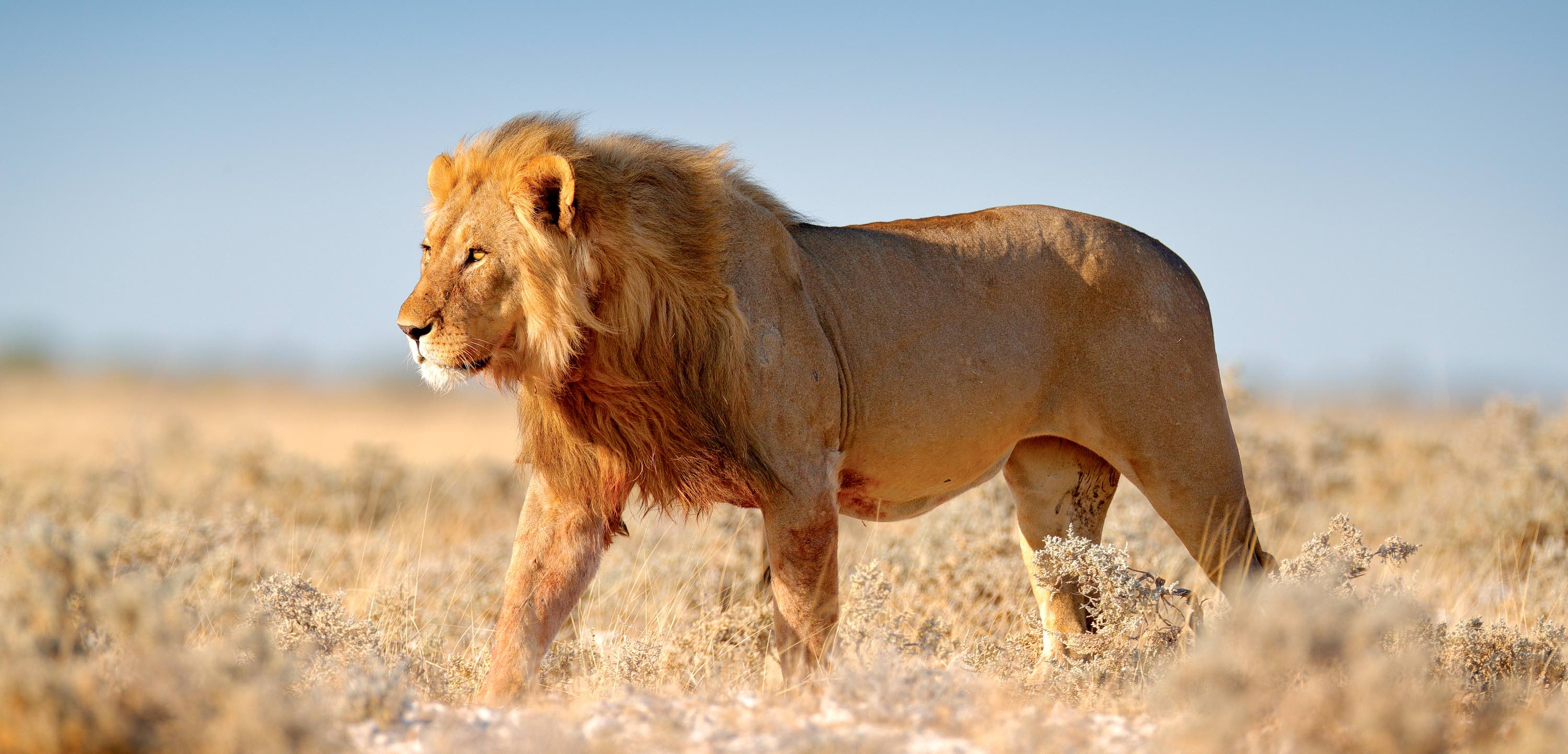
Foreword
15th November 2023
15th November 2023
Conserving the environment is all about people. How people use natural resources will determine whether those resources are still available for the next generation; how we relate to any given species plays a major role in whether it goes extinct or proliferates. This edition of Conservation and the Environment presents numerous people-centred projects and concepts that go a long way to conserving our natural heritage.
Community rangers that focus on tracking and protecting particular species are coming to the fore as Namibia's first line of defence against human-wildlife conflict and poaching. The newly established Nyae Nyae Pangolin Project is adapting the model of community rangers to protect the world's most trafficked mammal. Meanwhile, Lion Rangers in the Kunene are using smartphones to track their activities and record their sightings to reduce human-lion conflict. They also played an important role in the first-ever systematic count of the lion population in their area. While lions may be difficult to live with, who doesn't love giraffe? Two conservancies in the Kunene Region celebrated the return of these elegant beauties.
The importance of people in conservation goes beyond looking after particular species, however, as our behaviour is closely linked to how we make a living and survive. The Khwe San people in Bwabwata National Park are leaning into their basket weaving traditions to generate environmentally-friendly and climate resilient incomes for their households. In this and other parts of the Zambezi Region, farmers are learning to produce more food from less land through sustainable agricultural practices, thus reducing the need for clearing land to plant crops.
In his thought-provoking article, John Mendelsohn challenges us to take our concern for people to the next level. He argues that we need to pay more attention to sustainable urbanisation to alleviate the pressure on land and increase prosperity for all Namibians. Urbanisation could also help Namibia adapt to climate change, a phenomenon that is being closely monitored by scientists across southern Africa. The budding bush biomass industry is one way that Namibia can support sustainable urbanisation, as encroacher bush can be transformed into a source of energy and other products while simultaneously restoring degraded rangelands (explore more options for using bush here).
Education and awareness remain priorities for people-centred conservation, as we only conserve what we care about and understand. The seeds of our behaviour towards the environment are planted at a young age, which is at the heart of the environmental education effort showcased here. Adults also need a strong tug on the heartstrings to start changing our behaviour, and social media provides the vehicle for such messages. Ocean Conservation Namibia has made full use of these platforms to create awareness of plastic pollution by posting their adrenaline-pumping, feel-good seal rescue videos on YouTube and TikTok.
Conservation at the landscape scale requires people, institutions and nations to work together as a team. This is beautifully demonstrated by the Etosha Carnivore Project and the impressive aerial survey for elephants and other wildlife in the Kavango-Zambezi Trans-frontier Conservation Area. The people behind these projects deserve all the plaudits for their vision and commitment to achieve bigger goals than any individual or institution could achieve on their own.
The 2023 edition of Conservation and the Environment is dedicated to the late Dave Ward, a man who embodied the principle of people-centred conservation. His work supported communal conservancies across the country to monitor their progress through the pioneering Event Book System, while one of his favourite hobbies was contributing to Namibia's Environmental Information System. The highly reliable and valuable records he captured and submitted to national and regional Atlases over the years are part of his legacy as one of Namibia's leading conservationists.
Yours in Conservation,
Chris Brown and Gail Thomson








